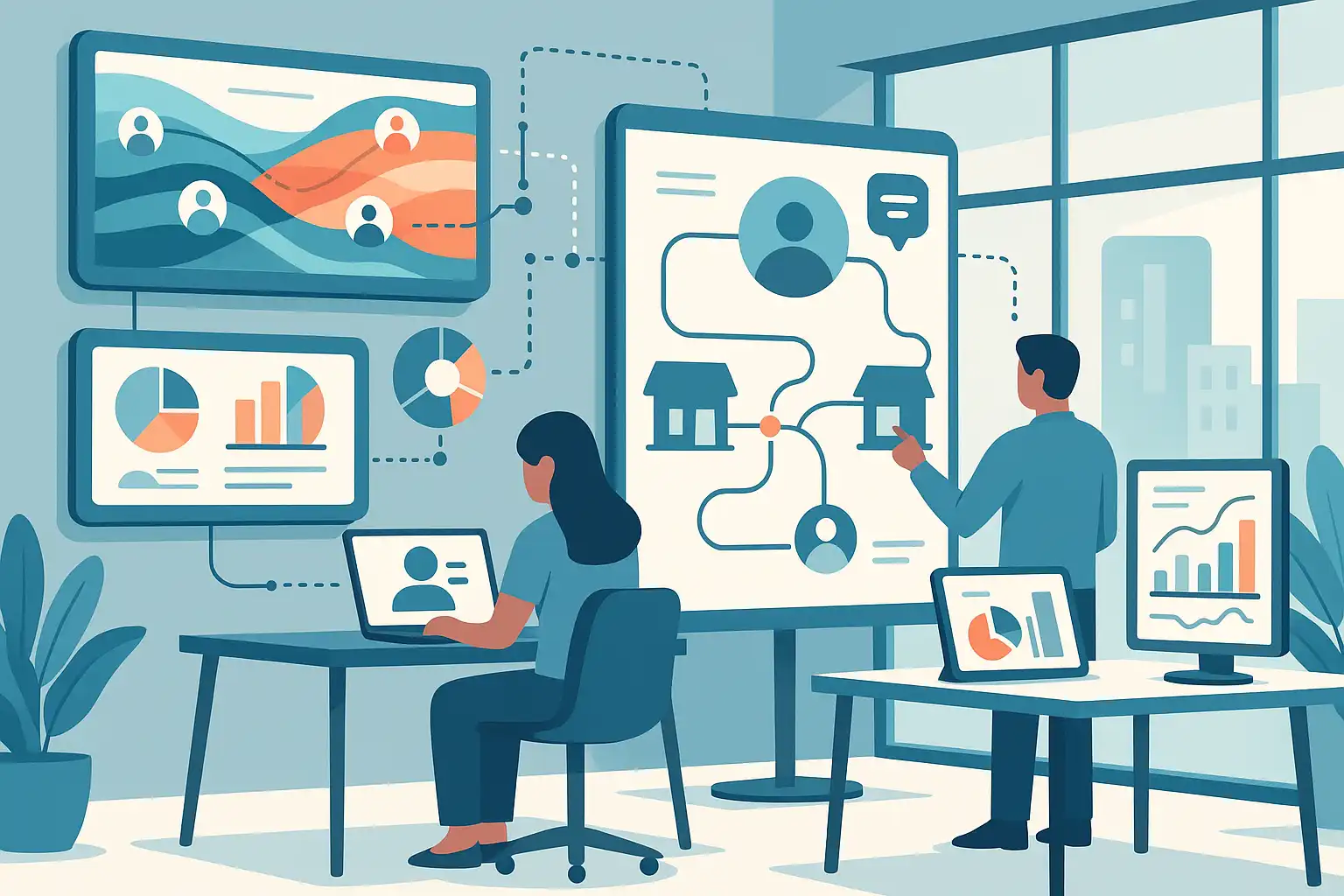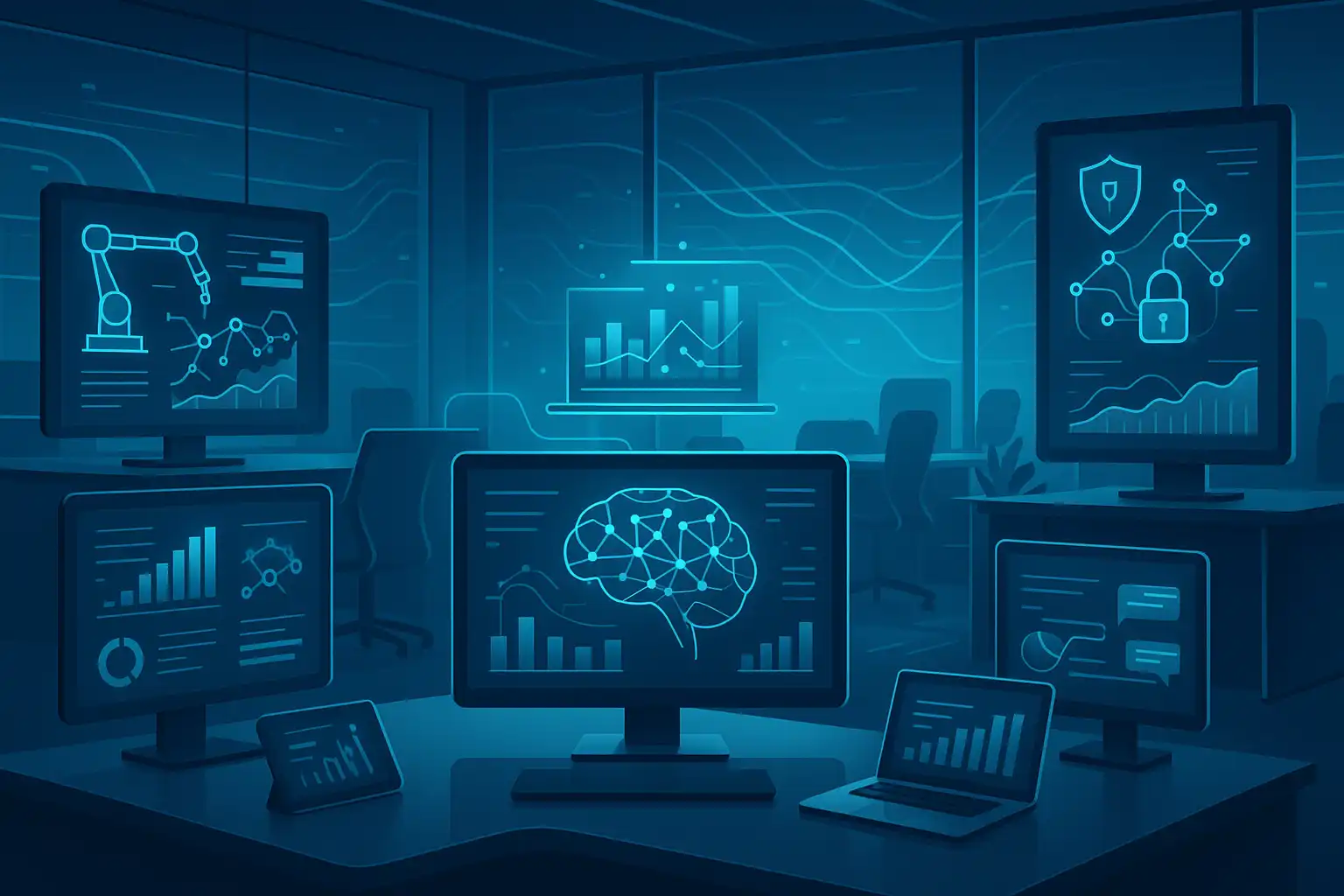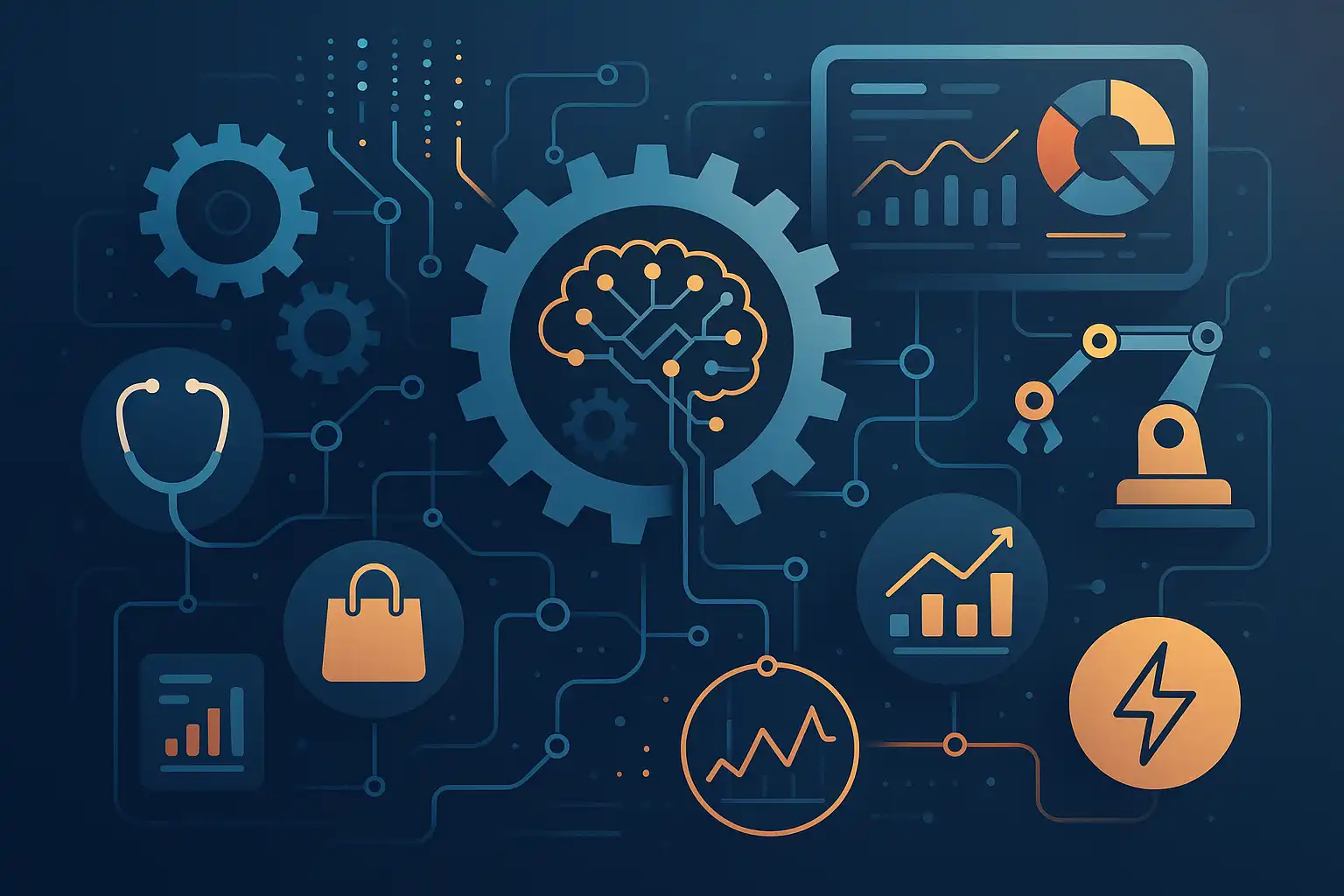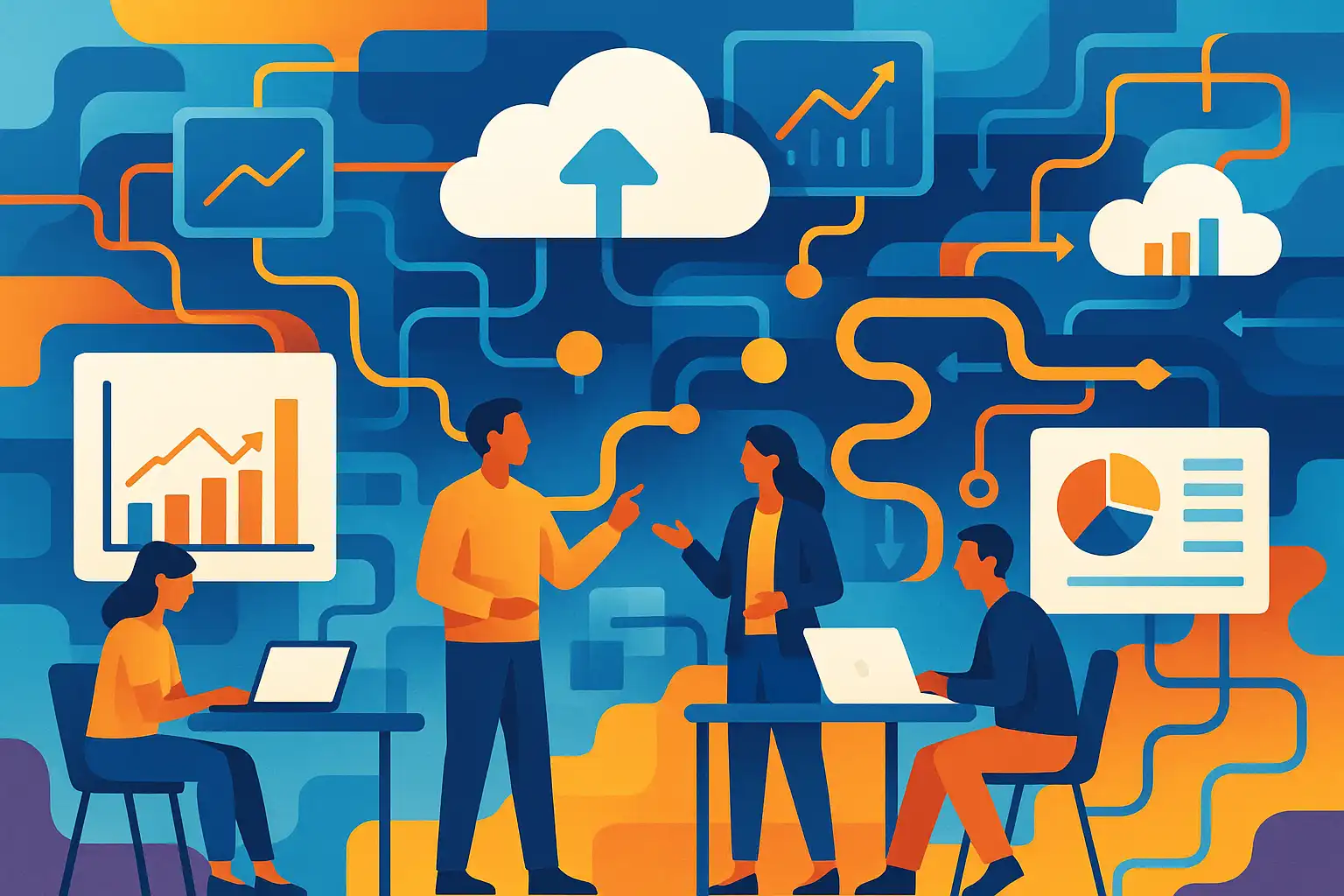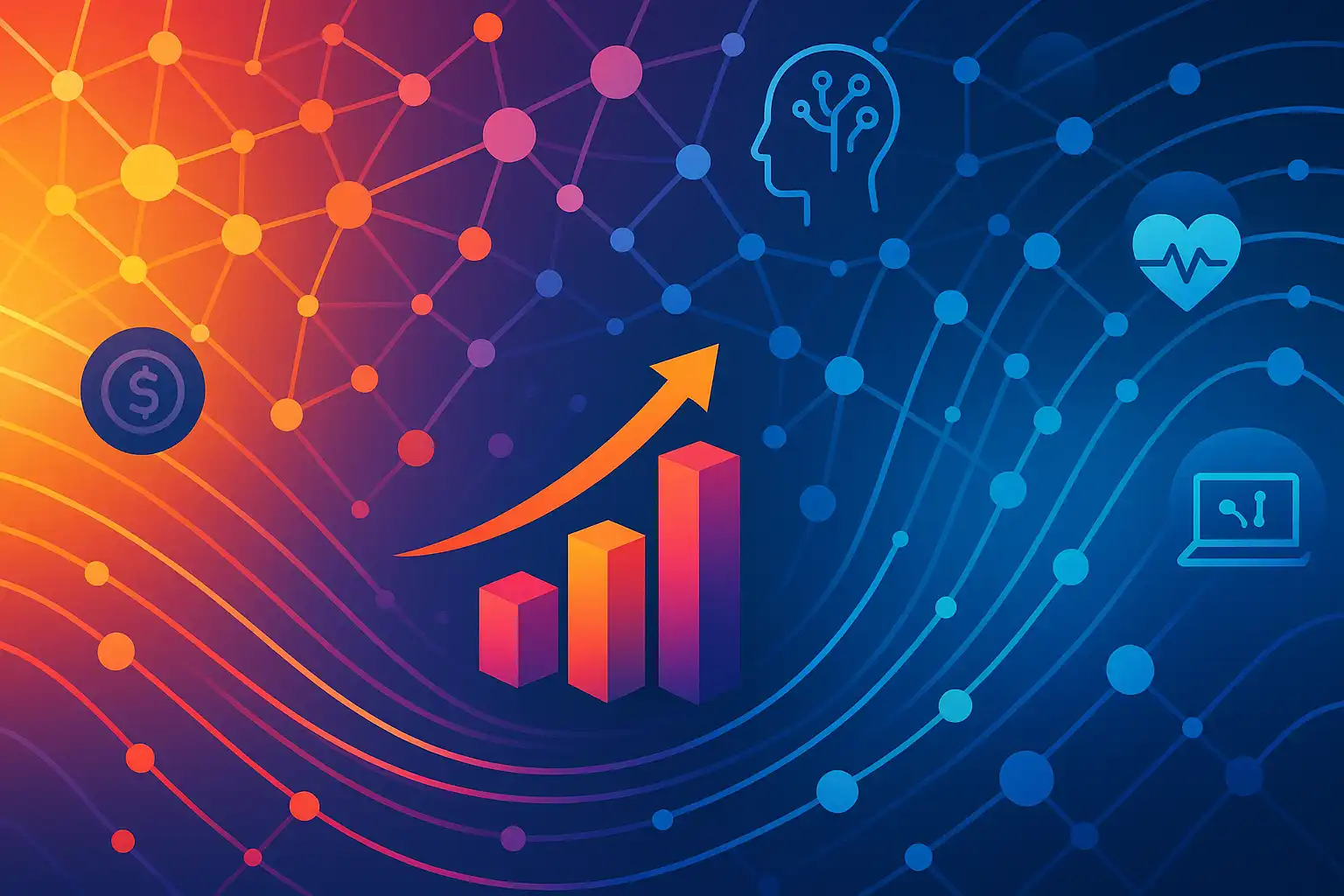What is Time Series Forecasting? Simple Guide and Examples
Time series forecasting is a specialized data analysis technique that predicts future values based on historical, time-ordered data. Unlike traditional prediction models that assume data points are independent, time series forecasting accounts for temporal patterns such as trends, seasonality, and cycles—making it essential for applications like financial market analysis, retail sales predictions, energy demand planning, weather forecasting, healthcare resource management, and supply chain optimization. Key forecasting models include ARIMA, Exponential Smoothing, Facebook Prophet, and LSTM neural networks, each suited for different data characteristics. The forecasting process involves data exploration, cleaning, feature engineering (like adding lagged variables), model selection, validation using time-series-specific metrics (RMSE, MAPE), and ongoing model refinement. Popular tools include Microsoft Excel, Python libraries (pandas, statsmodels, Prophet), R packages, and cloud platforms like AWS Forecast and Google Cloud AI. Benefits of time series forecasting include improved planning, resource optimization, and proactive trend identification. Challenges involve ensuring data quality, model selection, and adapting to unexpected events. Best practices emphasize thorough visualization, careful handling of missing data, maintaining time order during validation, and regularly updating models. Effective time series forecasting enables businesses to gain actionable insights, drive automated reporting, and make data-driven decisions.





